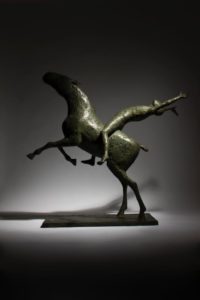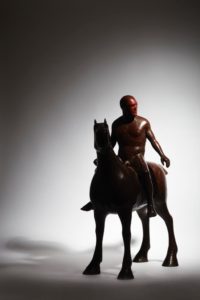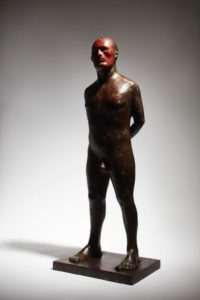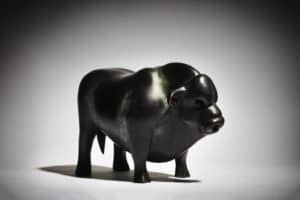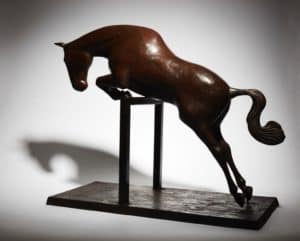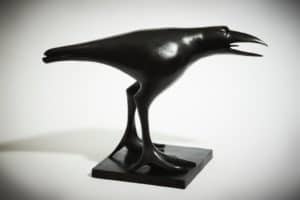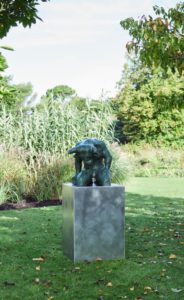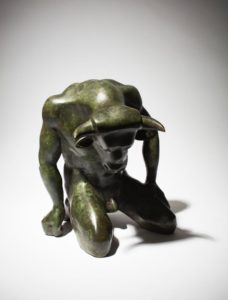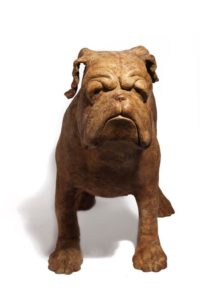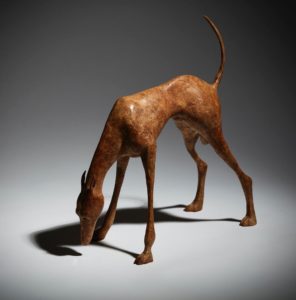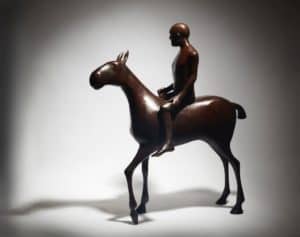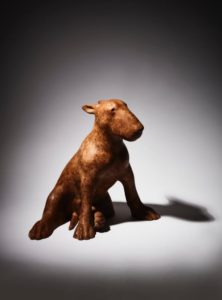Anthony Scott
Anthony Scott was brought up in tranquil, rural surroundings in Fermanagh and then attended university in Belfast. He completed an MA in ceramics in Cardiff in 1993. University gave him the confidence to pursue an artistic career. Bronze has been an important development for him, allowing him to develop more expansive pieces.
When making a sculpture he initially sketches out the idea; the sculpture is an extension of the sketch. He works quickly, changing, fleshing out the character of the piece. With each he has a theme or a story which inspires the form. He attempts to capture the essence of the animal, or to instil a personality of the individual from the story. Scott seeks to establish a cohesive three dimensional form, based in the principles of the aesthetic, and wants to be able to view the piece in the round from every angle. No matter the size, he wants the form to appear monumental to entice interest in these wonderful “Irish sagas”, and to capture the imagination of the viewer to participate in the story.
Not subscribing to any particular movement or style he feels the work evolves in itself. Each time he attempts to capture a synthesis of human and animal elements, each a symbol of the personality and says, “Though you can’t see a specific human element in the animal, it is there”. He looks to breathe life into a particular moment, to capture a particular instant.
“My work is inspired by Celtic mythology, although viewed from the perspective of animals rather than humans. I choose to work from this particular dimension for a number of reasons.
Animals played a central role in the Celtic myths. The ancient tales are full of accounts of shape changing. The Celts believed that the spirit world of animals often impinged on and influenced the human world and I have tried to convey this feeling in my work.
On a more prosaic level, I come from a farming background; animals have always been an important source of inspiration.
While they can represent a bygone age, animals also possess a sense of timelessness since they are unaffected by changing fashions. Animals have appeared in art from the earliest cave paintings to classical sculpture to modern times and I would like to think I am continuing with my own development of this tradition, to offer something completely unique.”
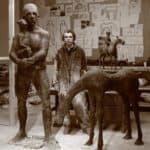 Scott seeks to establish a cohesive three dimensional form, based in the principles of the aesthetic, and wants to be able to view the piece in the round from every angle.
Enquire
View Artworks
Scott seeks to establish a cohesive three dimensional form, based in the principles of the aesthetic, and wants to be able to view the piece in the round from every angle.
Enquire
View Artworks

